Takatori Castle Festival in Nara Prefecture
2022/11/28
The Takatori Castle Festival is a fun celebration of local history that includes special displays of authentic samurai weaponry in action, traditional drumming, a historical procession, and delicious food. There is also the option to hike to the peak of Mt. Takatori to see the ruins of the one of the 3 great mountain castles of Japan.
For more information and visual media of the festival, see the official website here.
Normally, the festival is held in the town of Takatori (near Tsubosakayama Station) every November, but has been on pause over the past couple years. The festivities finally returned in 2022 and will hopefully continue to be held in future years moving forward. That being said, be sure to check the official website for confirmation on future scheduling.

A display of taiko drumming.
What is Takatori?
Takatori is a town located on the southeastern edge of the Nara Basin. It is well-known as a medicine town, specializing in kanpo (Japanese traditional herbal medicine) made from locally harvested ingredients. During the festival, you can find variations of Japanese food sold at food stands that reference this tradition, like yakuso karaage (medicinal herb fried chicken).
It is also home to ancient historical sights, including old kofun tomb mounds where those of high status were buried in times long past. Takatori also borders the well-known cultural and political centers of Asuka and Kashihara, which were highly significant to the early development of the country.

Looking over the southern region of the Nara Basin from the lower ruins of Takatori Castle.
Takatori’s location below Mt. Takatori, a mountain which commands views over the Nara Basin and routes leading to the southern Kii Peninsula, made it a militarily important location to control.
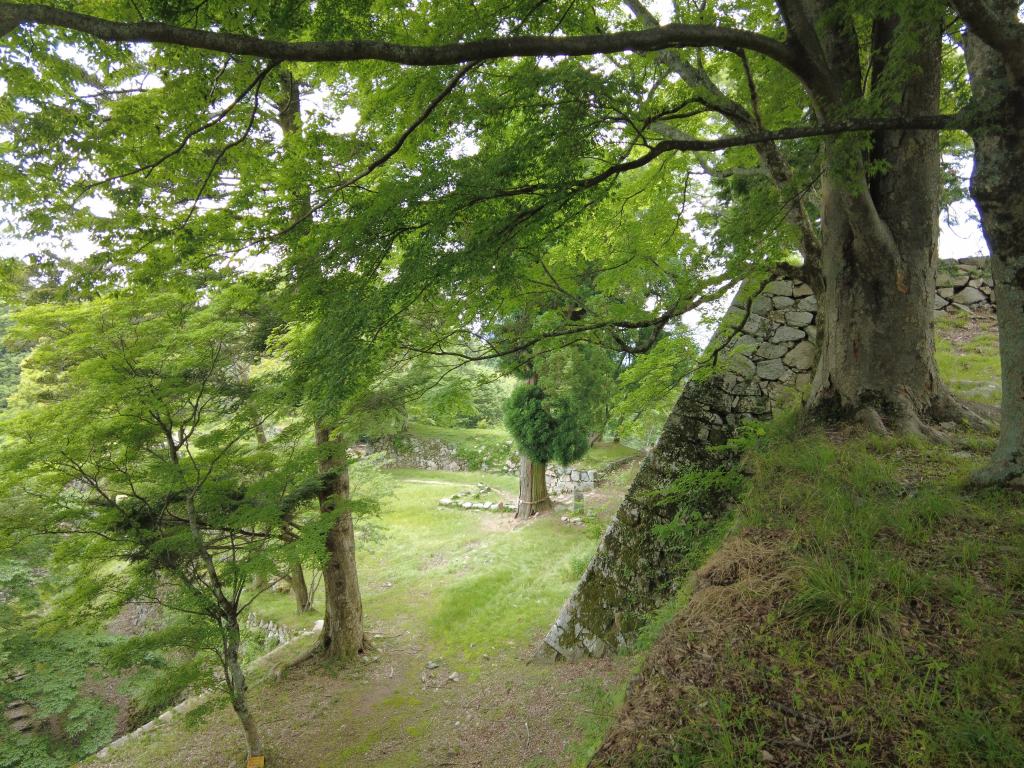
Takatori Castle Ruins
According to records, the first iteration of Takatori Castle was built on Mt. Takatori in the 14th century. As time progressed and Japan was plunged into civil conflict, the castle was abandoned, only to be renovated anew once more, eventually becoming one of the largest mountain castles in the country. A town was built below to house samurai and other caretakers of the castle, the remnants of which still exist today along the town’s Tosa Kaido Street, which roughly runs from Tsubosakayama Train Station up to the base of the mountains; it is also along this street that the Takatori Castle Festival is held every year.
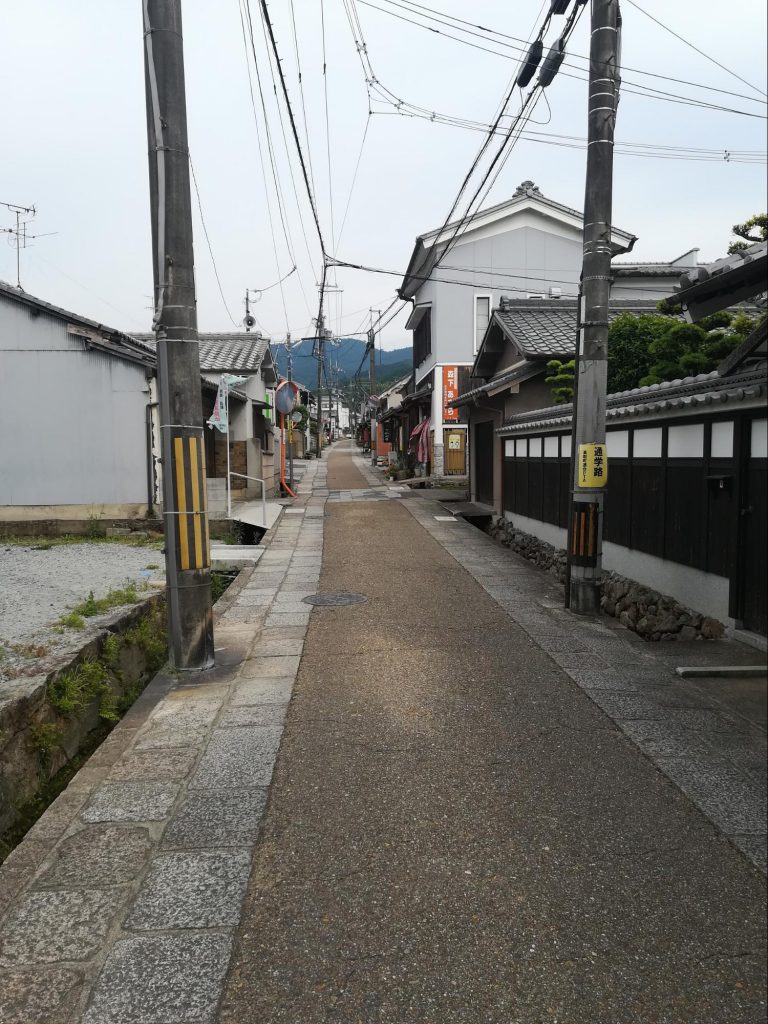
Takatori Tosa Kaido Street. The festival mostly takes place along this route which eventually leads to the mountain.
Perhaps the biggest draw of the festival is the demonstration of samurai armor and weapons, which includes reenactments of both sword and gun fighting. Some of these old guns are quite a sight to see, featuring huge metal barrels that make them look like handheld cannons in comparison to modern-day firearms.
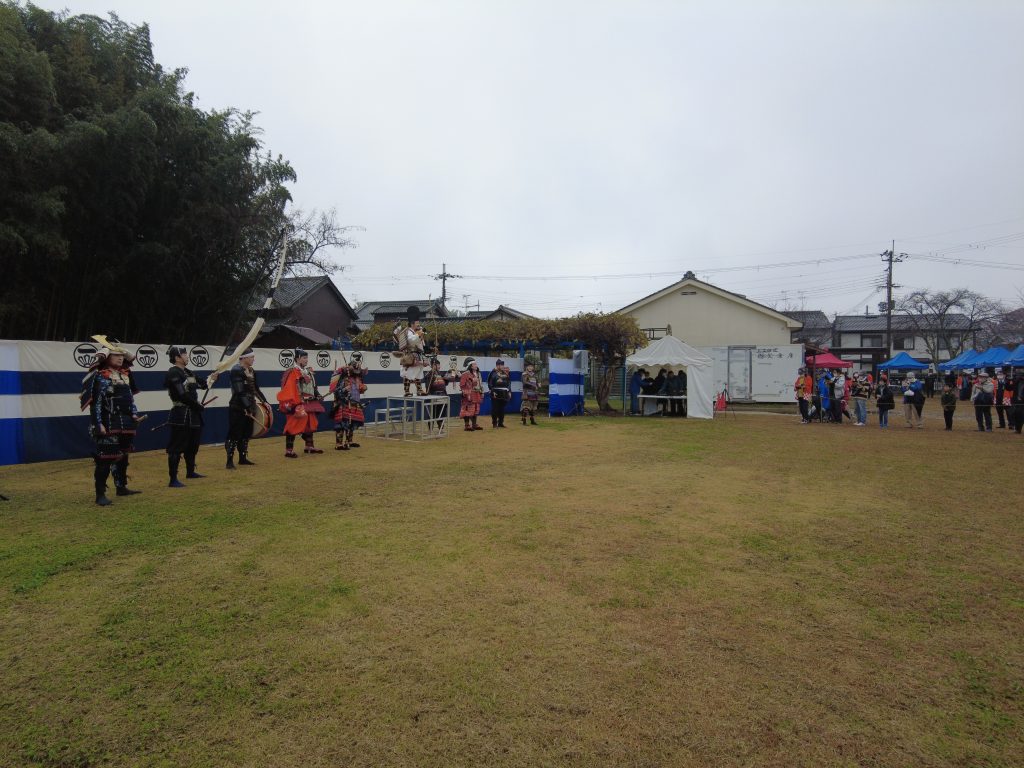
A showing of samurai armor at the festival.
Historically, the famous daimyo and general, Oda Nobunada (1534 – 1582) was known for his early adoption of Portuguese gunnery technology in his armies, using them to devastating effect. The Nara Basin area was part of Oda’s conquests, including taking control of Takatori Castle at one point and forcing its abandonment. After Nobunaga’s death, the castle was rebuilt and served as a powerful fortress in Nara until the Meiji period when it was ordered to be torn down.
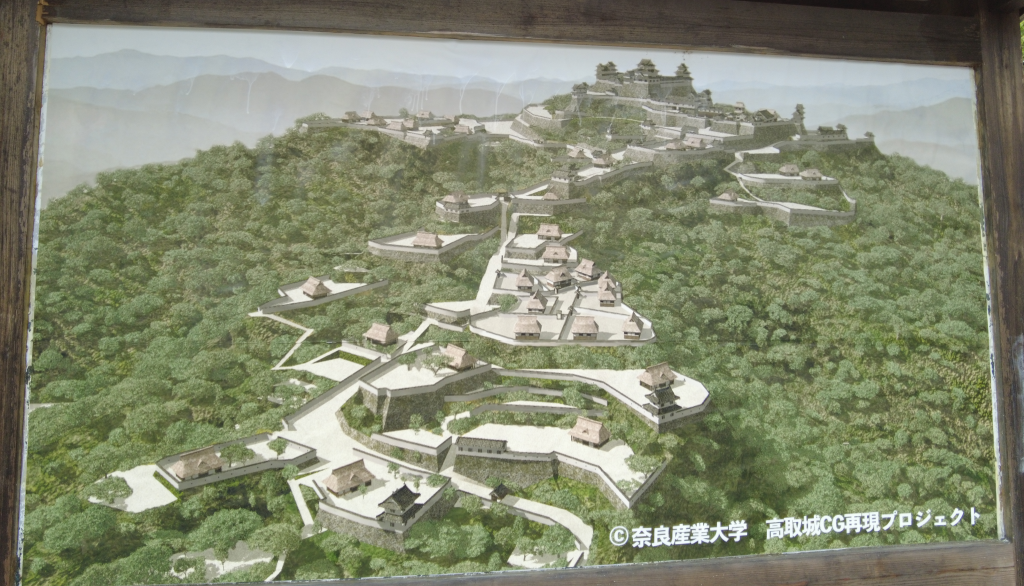
This street sign in Takatori shows what Takatori used to look like before it was torn down.
Though nothing but the ruins of the castle remain, the town below still remembers this long history through this special festival. Visitors to the festival are also encouraged to follow the Tosa Kaido Street up to the mountain and make the hike to the peak to see the amazing castle ruins (the hike is about 4KM on foot from Tsubosakayama Station).
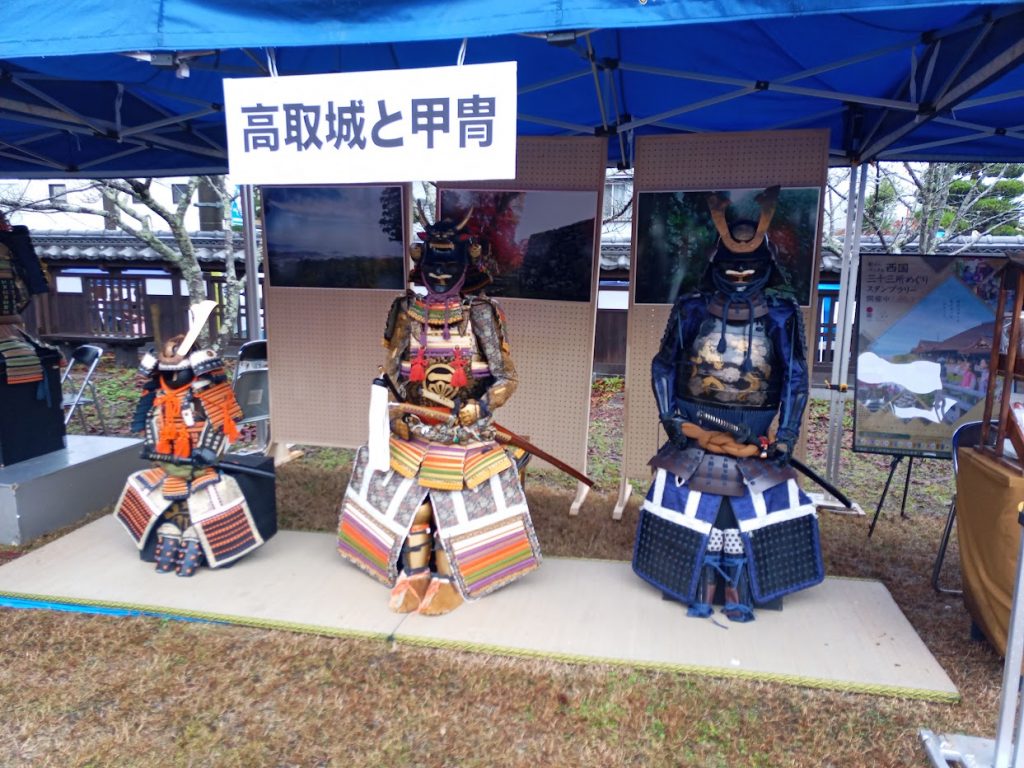
Displays of recreated samurai armor at the festival. You can even cosplay in the certain pieces of armor for a special photo shoot.
Traditional matsuri (festivals) in Japan are one of the most fascinating aspects of Japanese culture with roots that go back to the very foundations of the country. If you find yourself in Nara in mid-November, definitely consider taking the time to check out the the Takatori Castle Festival and make the hike up Mt. Takatori to see the castle itself. November is usually a fairly ideal month for hiking in Nara, with the fall colors at their peak and cool, crisp temperatures.
Access:
The festival can easily accessed from Tsubosakayama Station. You can also access a number of other interesting locations by the same train line, including the neighboring area of Asuka Village, and the ancient mountain temple district of Yoshinoyama further to the south.

01
FIND YOUR FAVORITE
TRIP ON OUR WEBSITE.
SEND US AN INQUIRY.

02
PERSONALIZE THE TRIP
TO YOUR INTERESTS
WITH OUR CONSULTANT.

03
20% DEPOSIT TO CONFIRM.
BALANCE PRIOR TO ARRIVAL.
PAYMENT BY CC OR TT.

04
WE WILL
MEET YOU
AT THE AIRPORT.

05
DISCOVER THE
TREASURES!